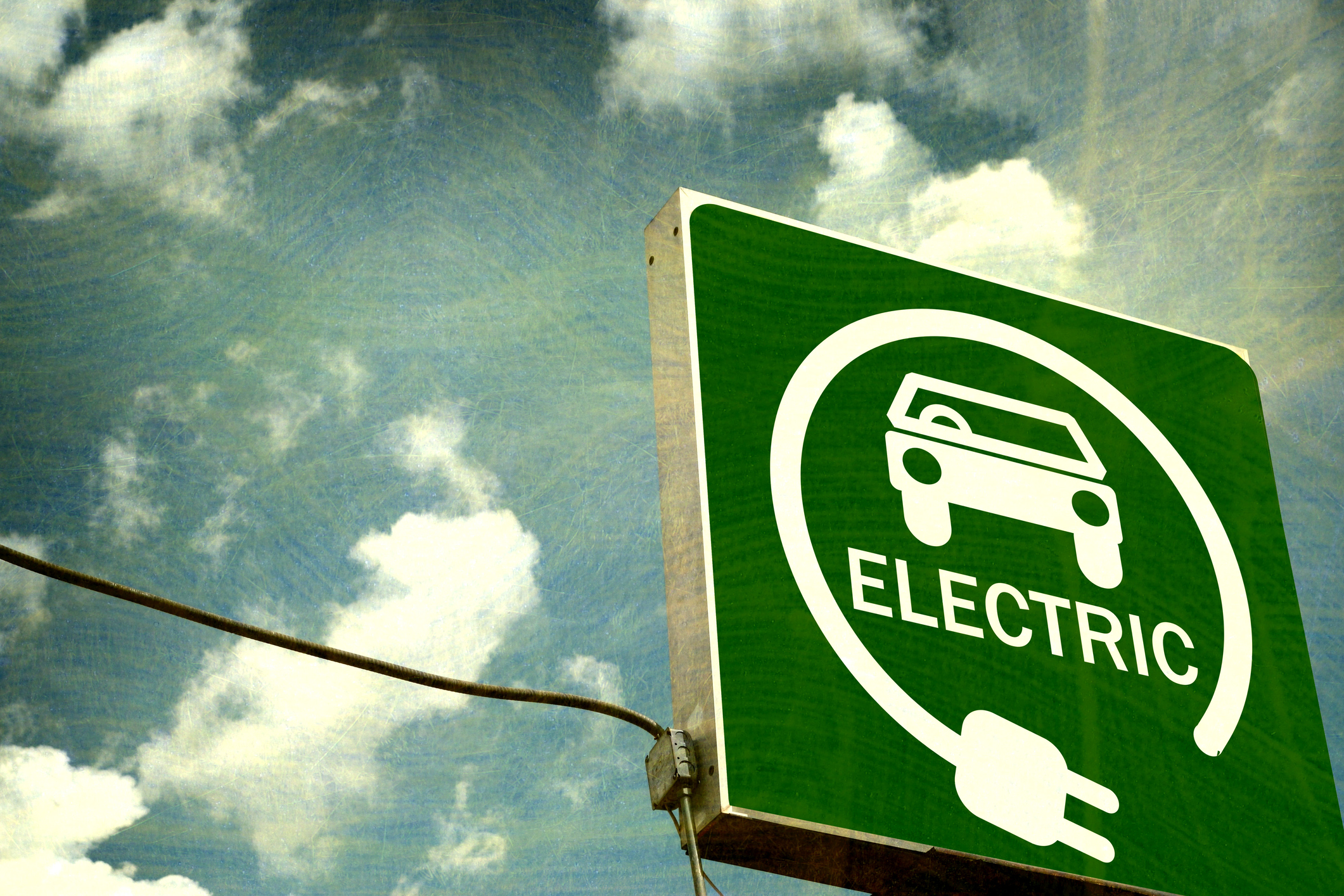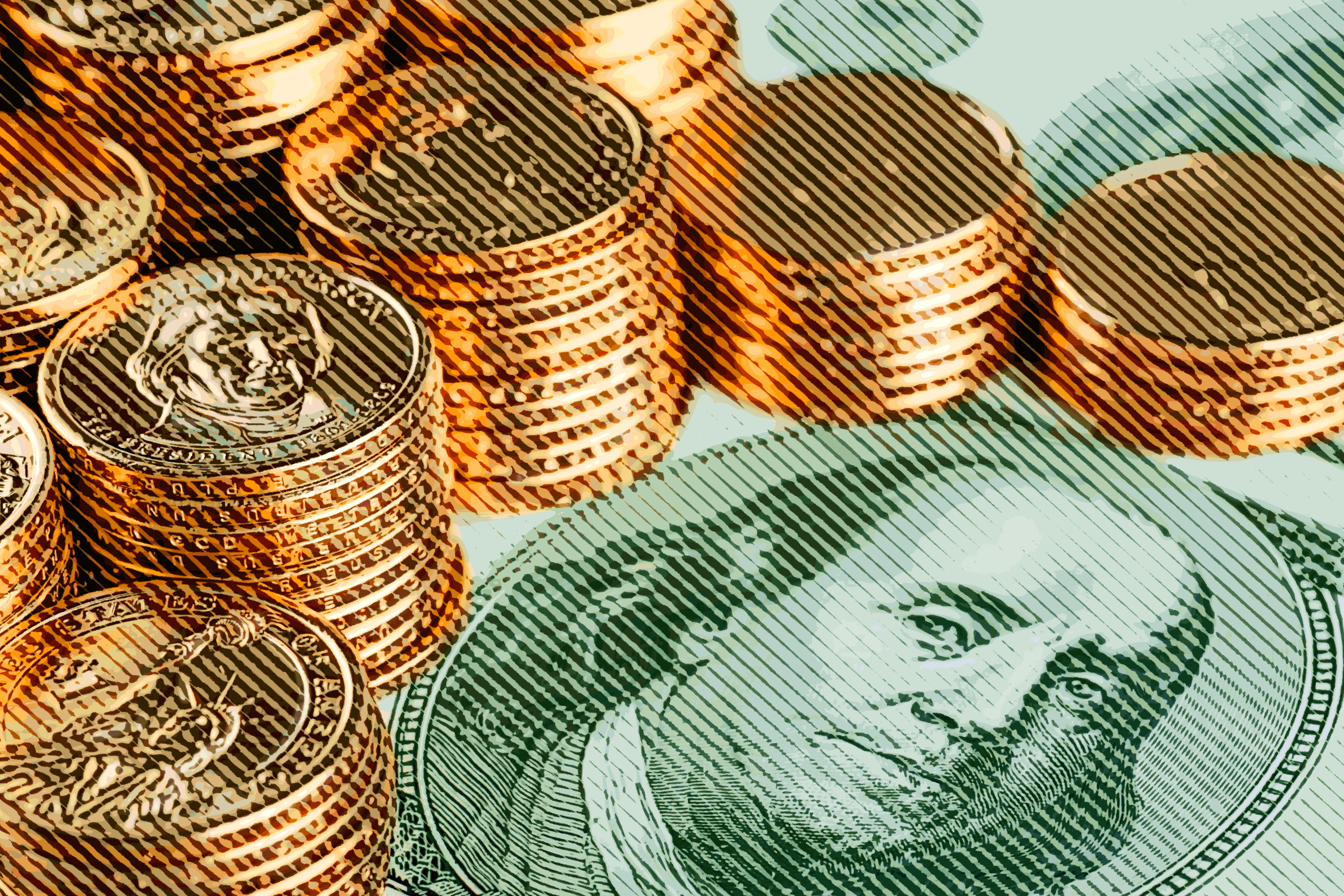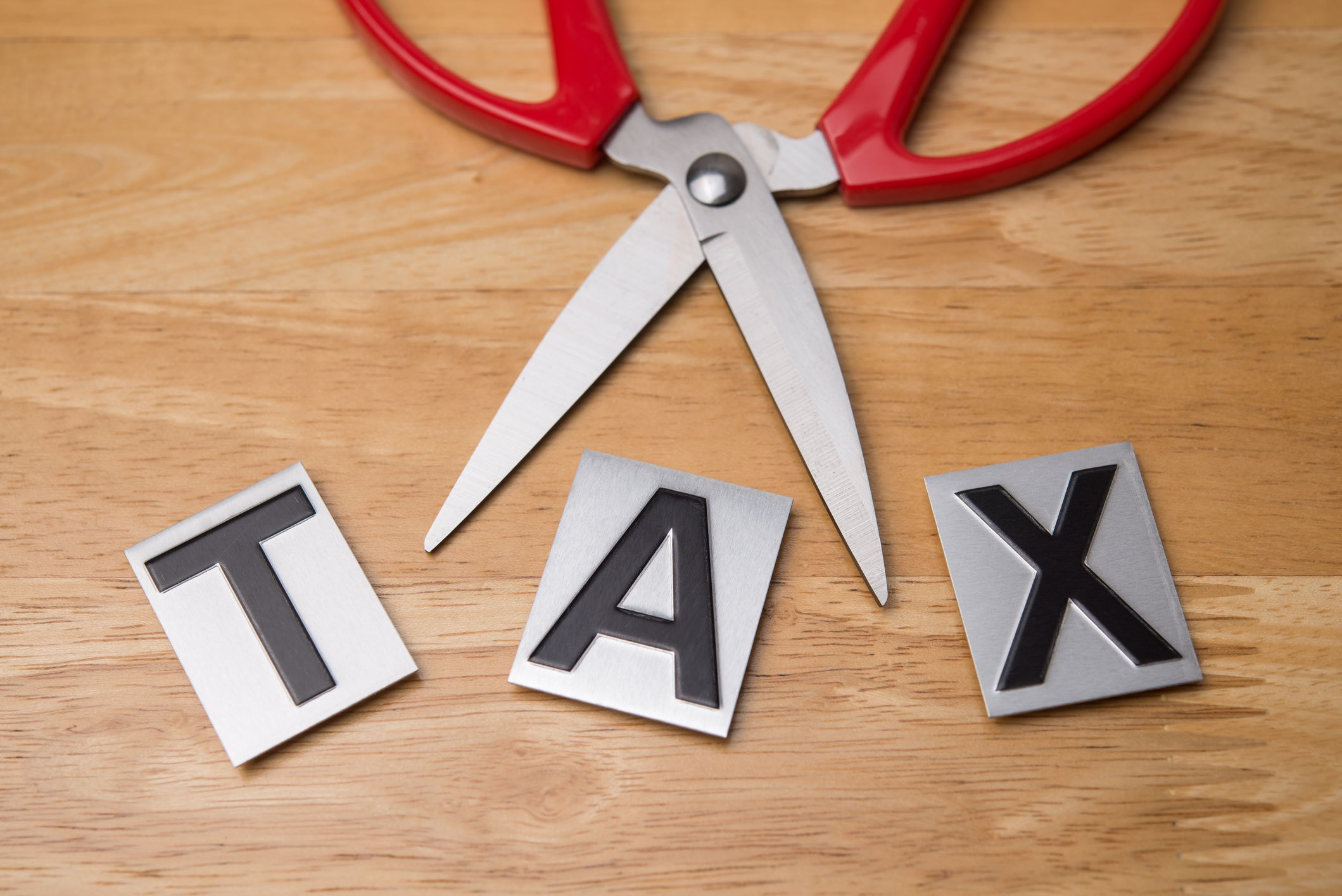Are Clean Energy Tax Credits Going Away This Year?
Now that Trump's mega tax bill has passed, some wonder when energy-efficient incentives, like solar, electric vehicle, and home improvement tax credits, will end.


Many people seek out and use clean energy tax incentives, but that might be history soon. A new tax law signed by President Trump on July 4, 2025, will eliminate many federal energy-efficient tax benefits, including electric vehicle (EV), solar panel, and clean energy home improvement credits.
According to the Kelley Blue Book, a record-breaking 1.3 million EVs were sold in the U.S. last year, with 87% taking advantage of the federal tax credit. Meanwhile, the U.S. Treasury Department reports that over 3.4 million households have received $8.4 billion in tax credits for energy efficiency upgrades.
But the GOP’s so-called “One Big Beautiful Bill” might end affordability for many who wanted to use clean energy tax incentives.
From just $107.88 $24.99 for Kiplinger Personal Finance
Become a smarter, better informed investor. Subscribe from just $107.88 $24.99, plus get up to 4 Special Issues

Sign up for Kiplinger’s Free Newsletters
Profit and prosper with the best of expert advice on investing, taxes, retirement, personal finance and more - straight to your e-mail.
Profit and prosper with the best of expert advice - straight to your e-mail.
Which credits will be eliminated? And in what ways might you still “go green” when the tax breaks do disappear?
Read on.
Clean energy tax credits in the new Trump tax bill
During the Biden presidency, many clean energy tax credits were created, expanded, or extended under the Inflation Reduction Act (IRA).
As a result of that legislation, the federal government offered several tax credits promoting energy efficiency:
- The electric vehicle (EV) tax credit, worth up to $7,500 for new qualifying “clean vehicle” EVs.
- The previously-owned clean vehicle credit, worth up to $4,000 or 30% of the sales price (whichever is less), for used EVs.
- The alternative fuel vehicle refueling property credit, also called the “EV charger tax credit,” worth up to 30% of the cost of qualifying “green” equipment (maximum $1,000).
- The energy efficient home improvement credit, worth up to $3,200 on qualifying items like doors, windows, and natural gas heat pumps.
- The residential clean energy credit, worth up to 30% of qualifying expenditures, like solar panels.
…there were also various other energy credits included in the IRA.
Together, those tax breaks have helped many Americans afford to “go green” and cut their tax bills when installing certain energy-efficient home upgrades.
Most IRA-sponsored clean energy initiatives were initially set to expire at the end of 2032. However, under the new Trump tax bill, key provisions could be eliminated as early as September 30, 2025.
Energy bill cost when tax credits go away
Tax incentives help people afford clean energy upgrades like solar panels and EVs. By eliminating energy tax breaks, fewer people may obtain the benefits they offer, like lower energy bills.
According to a recent analysis by Energy Innovation, a non-partisan policy firm, repeal of federal clean energy tax credits could make electricity bills rise across the U.S.
The average American household could see an increase in its annual energy bill of:
- About $40 to $60 by 2030
- By about $56 to $150 in 2035
- And about $140 to $220 in 2040
In total, repealing these tax credits could cost taxpayers $6 billion annually over the next five years. By 2040, American households could lose $25 billion per year.
Notably, that analysis doesn’t include any current or potential Trump tariffs.
Parts for clean energy initiatives, like EVs and solar panel pieces, are typically made abroad in countries like Mexico and China.
When a tariff war occurs, as happened earlier this year (and continues to progress), consumers generally pay the price.
Consequently, energy-efficient tax breaks would be needed to combat raised prices from tariffs on imported energy products.
Otherwise, the hit to energy incentives would be twofold: Raised prices from tariffs, and elimination of tax credits that could have helped absorb the higher prices.
‘Go green’ clean energy ideas: Rebates and state tax programs
While many clean energy initiatives are under fire under Trump's tax plan, there are ways you may be able to “go green” even when the elimination of energy tax credits occurs:
- Apply for the High-Efficiency Electric Home Rebate Program, which offers qualifying homeowners rebates on stoves, heat pump water heaters, electric wiring, and more.
- Check out the Low Income Home Energy Assistance Program (LIHEAP), which helps eligible households pay heating or cooling bills.
- Regularly schedule maintenance on your HVAC, purchase “smart” energy usage appliances, or look around your interiors for potential air leaks in windows, doors, or attics. Timely repairs may save you up to 15% on heating and cooling costs, according to Energy Star.
Finally, check your state’s Department of Revenue website for energy-related tax credits or rebate programs. Several states have decided to stand against potential federal reform on the clean energy front.
For example, California Gov. Gavin Newsom announced last year that if the EV tax credit is eliminated, the Golden State might provide rebates for eligible EV purchases.
States like New Mexico and North Carolina have also set goals for 100% clean energy by 2045 and 2050, respectively.
Read More
- Homeowners Rush to Install Solar Panels Before Trump Cuts Tax Credits
- Save with Tax Credits for Energy-Efficient Home Improvements While You Can
- Is the EV Tax Credit Going Away Under Trump?
Profit and prosper with the best of Kiplinger's advice on investing, taxes, retirement, personal finance and much more. Delivered daily. Enter your email in the box and click Sign Me Up.

Kate is a CPA with experience in audit and technology. As a Tax Writer at Kiplinger, Kate believes that tax and finance news should meet people where they are today, across cultural, educational, and disciplinary backgrounds.
-
 The Rule of Compounding: Why Time Is an Investor's Best Friend
The Rule of Compounding: Why Time Is an Investor's Best FriendDescribed as both a "miracle" and a "wonder," compound interest is simply a function of time.
-
 4 Great Tools to DIY Your Own Financial Plan
4 Great Tools to DIY Your Own Financial PlanSmart Savings Several tools picked out by Kiplinger that DIYers can use to make their own financial plan.
-
 The 7-Month Deadline That Sets Your Lifetime Medicare Premiums
The 7-Month Deadline That Sets Your Lifetime Medicare PremiumsUnderstanding Medicare enrollment is crucial, as missing deadlines can lead to permanent late enrollment penalties and gaps in coverage.
-
 Law Reversal Looming? Trump Eyes 2026 Gambling Winnings Tax Change
Law Reversal Looming? Trump Eyes 2026 Gambling Winnings Tax ChangeTax Deductions It's no secret that the IRS is coming after your gambling winnings in 2026. But how long will that last?
-
 Trump's Plan to Eliminate Income Tax: 7 Things to Know Now
Trump's Plan to Eliminate Income Tax: 7 Things to Know NowTax Policy The potential consequences of eliminating taxes in favor of Trump tariffs could impact everything from inflation to Social Security and might give some U.S. taxpayers pause.
-
 5 Types of Gifts the IRS Won’t Tax: Even If They’re Big
5 Types of Gifts the IRS Won’t Tax: Even If They’re BigGift Tax Several categories of gifts don’t count toward annual gift tax limits. Here's what you need to know.
-
 The 'Scrooge' Strategy: How to Turn Your Old Junk Into a Tax Deduction
The 'Scrooge' Strategy: How to Turn Your Old Junk Into a Tax DeductionTax Deductions We break down the IRS rules for non-cash charitable contributions. Plus, here's a handy checklist before you donate to charity this year.
-
 IRS Says You Made a Tax Return Mistake? A New Law Could Help You Fight Back
IRS Says You Made a Tax Return Mistake? A New Law Could Help You Fight BackTax Law Updated taxpayer protections change what the IRS must explain on error notices and how long you have to respond.
-
 Is a New $25,000 Health Care Tax Deduction Coming in 2026?
Is a New $25,000 Health Care Tax Deduction Coming in 2026?Tax Policy A proposal from GOP Sen. Josh Hawley adds to the chatter about health care affordability.
-
 Costco Sues Over Trump Tariffs: What Could That Mean for Prices in 2026?
Costco Sues Over Trump Tariffs: What Could That Mean for Prices in 2026?Tariffs The retailer is making headlines not just for its famous hot dog and gold bars but for suing the Trump administration over tariffs.
-
 Social Security Benefits Quiz : Do You Know the IRS Tax Rules?
Social Security Benefits Quiz : Do You Know the IRS Tax Rules?Quiz Social Security benefits often come with confusing IRS tax rules that can trip up financially savvy retirees and near-retirees.